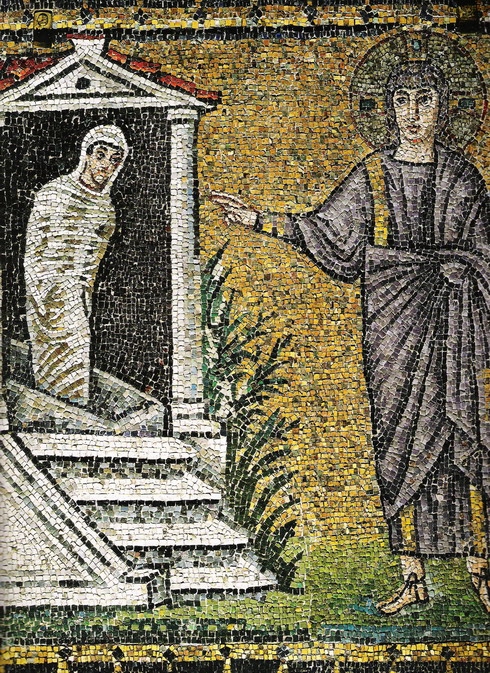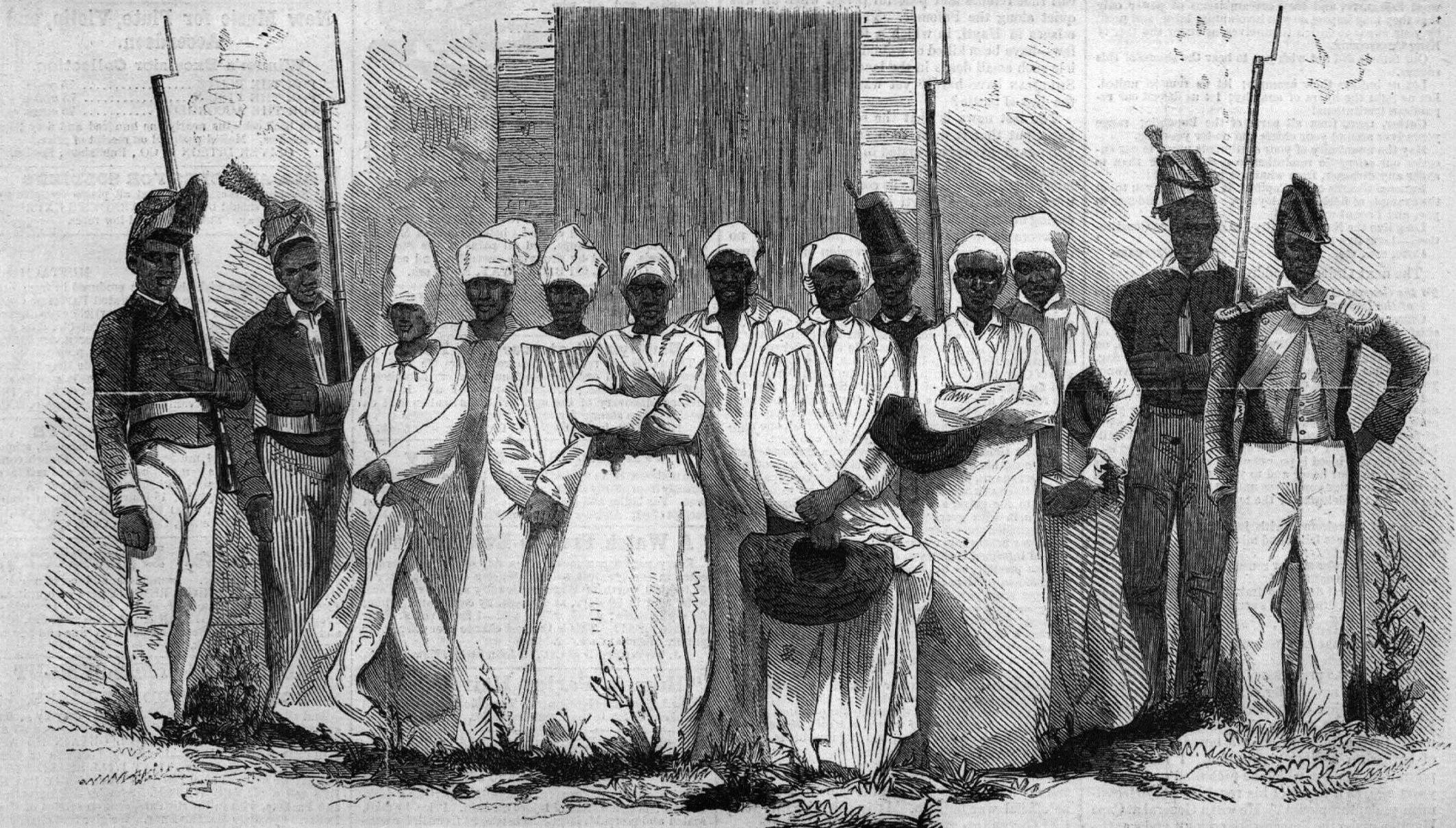|
Babalú-Ayé
Babalú-Aye (from Yoruba ''Obalúayé''), ''Oluaye'', Ṣọpọna, Ayé in Trinidad Orisha, or ''Obaluaiye'', is one of the orishas or manifestations of the supreme creator god Olodumare in the Yoruba religion of West Africa. Babalú-Aye is the spirit of the Earth and strongly associated with healing. He promotes the cure for illnesses. He is always close to Iku (the force responsible for taking life), as he promotes healing for those who are close to death. However, some fear Obaluaye because he is believed to bring disease upon humans, including smallpox, for which he is known as Ṣọpọna. His cult powers and spells are used against all kinds of diseases, but particularly against skin diseases, inflammation, and airborne diseases that can cause epidemics. They are also used to cure people with seizure problems, epilepsy, and catalepsy. Heat is also a property of Babalu-aye, like fever, the body heating up to expel a disease, it is Babalu-aye acting on the human body, a ... [...More Info...] [...Related Items...] OR: [Wikipedia] [Google] [Baidu] |
Sopona
Ṣọ̀pọ̀na (or Shapona) is the god of smallpox in the Yoruba religion. The Yoruba people took their traditions about Shapona to the New World when they were transported in the slave trade. He has become known as Babalú-Ayé, among many other names, in the Orisha religion that developed in the Americas. Within the traditional religion of the Yoruba people of Nigeria, smallpox was believed to be a disease foisted upon humans due to Shapona's “divine displeasure.” Formal worship of the god of smallpox was highly controlled by specific priests in charge of shrines to the god. Prior to the early 20th century, people of this religion believed that if the priests were angered, they were capable of causing smallpox outbreaks through their intimate relationship with Shapona. The name "Sapona" (alt. Shapona, Saponna, etc.) is considered a secret and taboo name, not to be spoken aloud in respect for the power of the Lord of Infectious Disease. For this reason, the deity has a num ... [...More Info...] [...Related Items...] OR: [Wikipedia] [Google] [Baidu] |
Trinidad Orisha
Trinidad Orisha, also known as Orisha religion and Shango, is a syncretic religion in Trinidad and Tobago and the Caribbean, originally from West Africa (Yoruba religion). Trinidad Orisha incorporates elements of Spiritual Baptism, and the closeness between Orisha and Spiritual Baptism has led to use of the term "Shango Baptist" to refer to members of either or both religions. Anthropologist James Houk described Trinidad Orisha as an " Afro-American religious complex", incorporating elements mainly from traditional African religion and Yoruba and including some elements from Christianity (Catholicism and Protestantism), Hinduism, Islam (especially Sufism), Buddhism, Judaism (especially Kabbalah), Baháʼí, and Amerindian mythologies. "The religious practice involves a music-centered worship service, in which collective singing and drumming accompany spirit possession and animal sacrifice (typically goats, sheep, and fowl)." History Trinidad Orisha's beginnings and develop ... [...More Info...] [...Related Items...] OR: [Wikipedia] [Google] [Baidu] |
Lazarus Of Bethany
Lazarus of Bethany is a figure of the New Testament whose life is restored by Jesus four days after his death, as told in the Gospel of John. The resurrection is considered one of the miracles of Jesus. In the Eastern Orthodox Church, Lazarus is Veneration, venerated as Righteous Lazarus, the Four-Days Dead. The Eastern Orthodox and Catholic Church, Catholic traditions offer varying accounts of the later events of his life. In the context of the Book of Signs, seven signs in the Gospel of John, the raising of Lazarus at Bethany – today the town of Al-Eizariya in the West Bank, which translates to "the place of Lazarus" – is the climactic narrative: exemplifying the power of Jesus "over the last and most irresistible enemy of humanity: death. For this reason, it is given a prominent place in the gospel." The name ''Lazarus'' is frequently used in science and popular culture in reference to apparent restoration to life; for example, the scientific term Lazarus taxon denotes o ... [...More Info...] [...Related Items...] OR: [Wikipedia] [Google] [Baidu] |
Orisha
Orishas (singular: orisha) are divine spirits that play a key role in the Yoruba religion of West Africa and several religions of the African diaspora that derive from it, such as Haitian Vaudou, Cuban Santería and Brazilian Candomblé. The preferred spelling varies depending on the language in question: òrìṣà is the spelling in the Yoruba language, orixá in Portuguese, and orisha, oricha, orichá or orixá in Spanish-speaking countries. In the Lucumí tradition, which evolved in Cuba, the orishas are synchronized with Catholic saints, forming a syncretic system of worship where African deities are hidden behind Christian iconography. This allowed enslaved Africans to preserve their traditions under colonial religious persecution. According to the teachings of these religions, the orishas are spirits sent by the supreme creator, Olodumare, to assist humanity and to teach them to be successful on ''Ayé'' (Earth). Rooted in the native religion of the Yoruba people, mos ... [...More Info...] [...Related Items...] OR: [Wikipedia] [Google] [Baidu] |
Inflammation
Inflammation (from ) is part of the biological response of body tissues to harmful stimuli, such as pathogens, damaged cells, or irritants. The five cardinal signs are heat, pain, redness, swelling, and loss of function (Latin ''calor'', ''dolor'', ''rubor'', ''tumor'', and ''functio laesa''). Inflammation is a generic response, and therefore is considered a mechanism of innate immunity, whereas adaptive immunity is specific to each pathogen. Inflammation is a protective response involving immune cells, blood vessels, and molecular mediators. The function of inflammation is to eliminate the initial cause of cell injury, clear out damaged cells and tissues, and initiate tissue repair. Too little inflammation could lead to progressive tissue destruction by the harmful stimulus (e.g. bacteria) and compromise the survival of the organism. However inflammation can also have negative effects. Too much inflammation, in the form of chronic inflammation, is associated with variou ... [...More Info...] [...Related Items...] OR: [Wikipedia] [Google] [Baidu] |
Havana
Havana (; ) is the capital and largest city of Cuba. The heart of La Habana Province, Havana is the country's main port and commercial center.Cuba ''The World Factbook''. Central Intelligence Agency. It is the most populous city, the largest by area, and the List of metropolitan areas in the West Indies, second largest metropolitan area in the Caribbean region. The population in 2012 was 2,106,146 inhabitants, and its area is for the capital city side and 8,475.57 km2 for the metropolitan zone. Its official population was 1,814,207 inhabitants in 2023. Havana was founded by the Spanish Empire, Spanish in the 16th century. It served as a springboard for the Spanish colonization of the Americas, Spanish conquest of ... [...More Info...] [...Related Items...] OR: [Wikipedia] [Google] [Baidu] |
Santería
Santería (), also known as Regla de Ocha, Regla Lucumí, or Lucumí, is an African diaspora religions, Afro-Caribbean religion that developed in Cuba during the late 19th century. It arose amid a process of syncretism between the traditional Yoruba religion of West Africa, Catholicism, and Kardecist spiritism, Spiritism. There is no central authority in control of Santería and much diversity exists among practitioners, who are known as ''creyentes'' ("believers"). Santería teaches the existence of a transcendent creator divinity, Olodumare, under whom are spirits known as ''Orisha, oricha''. Typically deriving their names and attributes from traditional Yoruba deities, these ''oricha'' are equated with Roman Catholic saints and associated with various myths. Each human is deemed to have a personal link to a particular ''oricha'' who influences their personality. Olodumare is believed to be the ultimate source of ''Aṣẹ, aché'', a supernatural force permeating the univers ... [...More Info...] [...Related Items...] OR: [Wikipedia] [Google] [Baidu] |
Ewe People
The Ewe people (; , lit. "Ewe people"; or ''Mono Kple Amu (Volta) Tɔ́sisiwo Dome'', lit. "Between the Rivers Mono and Volta"; ''Eʋenyígbá'' Eweland) are a Gbe languages, Gbe-speaking ethnic group. The largest population of Ewe people is in Ghana (6.0 million), and the second largest population is in Togo (3.1 million). They speak the Ewe language () which belongs to the Gbe languages, Gbe family of languages. They are related to other speakers of Gbe languages such as the Fon people, Fon, Gen language, Gen, Phla–Pherá languages, Phla/Phera, Ogu people, Ogu/Gun, Fon language, Maxi (Mahi), and the Aja people of Togo and Benin. Demographics Ewe people are located primarily in the coastal regions of West Africa: in the region south and east of the Volta River to around the Mono River at the border of Togo and Benin; and in the southwestern part of Nigeria (close to the Atlantic Ocean, stretching from the Nigeria and Benin border to Epe). They are primarily found in the Volta ... [...More Info...] [...Related Items...] OR: [Wikipedia] [Google] [Baidu] |
Fon People
The Fon people, also called Dahomeans, Fon nu, Agadja and historically called Jeji (Djedji) by the Yoruba in the South American diaspora and in colonial French literature are a Gbe ethnic group.Fon people Encyclopædia Britannica, undated, 1.7 million population, Retrieved June 29, 2019 They are the largest ethnic group in Benin, found particularly in its south region; they are also found in southwest and Togo. Their total population is estimated to be about 3,500,000 people, and they speak the [...More Info...] [...Related Items...] OR: [Wikipedia] [Google] [Baidu] |





